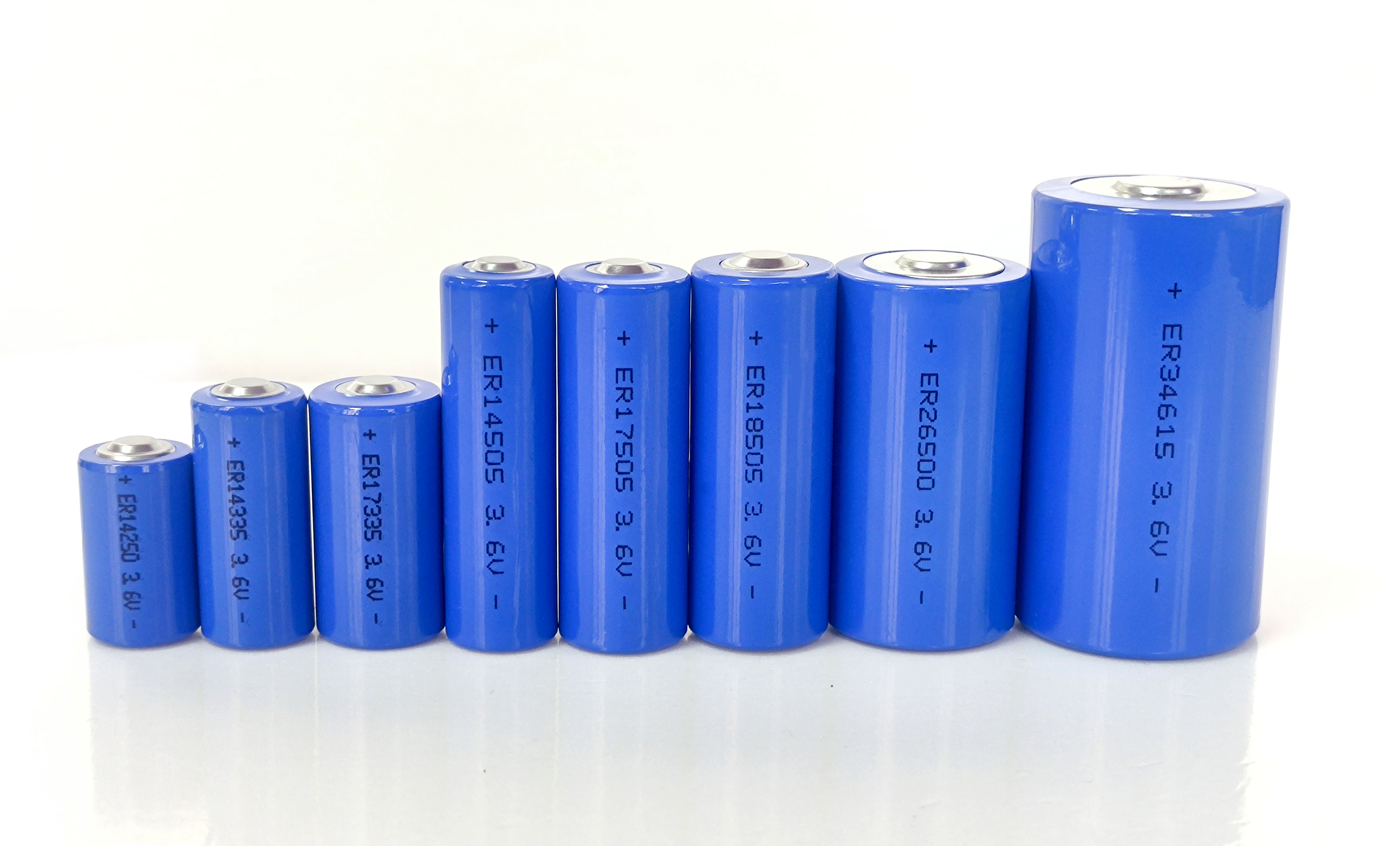The Role and Applications of Primary Lithium Batteries in Modern Electronics
The Role and Applications of Primary Lithium Batteries in Modern Electronics

In the ever-evolving world of electronics, batteries have become a crucial component, powering devices from smartphones to satellites. Among the various battery types, primary lithium batteries occupy a unique niche, offering high energy density, long shelf life, and stable performance. This article explores the role and applications of primary lithium batteries, particularly LiSOCl₂ and Li-MnO₂ batteries, as well as Battery Capacitor SPC, ER+SPC solutions, and long-life rechargeable lithium-ion batteries (PLM).
I. Introduction to Primary Lithium Batteries
Primary lithium batteries, also known as non-rechargeable lithium batteries, are electrochemical cells that utilize lithium or lithium compounds as an anode material. These batteries are characterized by their high energy density, which allows them to store more energy per unit mass or volume compared to other battery types. Additionally, primary lithium batteries exhibit excellent shelf life, often lasting for years without losing significant capacity.
II. Types of Primary Lithium Batteries
Lithium sulfuryl chloride (LiSOCl₂) batteries are a type of primary lithium battery that utilizes sulfuryl chloride as the cathode material. These batteries are known for their high energy density, low self-discharge rate, and wide operating temperature range. LiSOCl₂ batteries are commonly used in applications that require long-term, reliable power sources, such as medical implants, emergency locator transmitters, and space missions.
The customized LiSOCl₂ batteries are designed to meet specific requirements of different applications. The customization process involves optimizing the battery's size, shape, capacity, and other parameters to ensure it perfectly fits the needs of the end-user.
Lithium manganese dioxide (Li-MnO₂) batteries are another popular type of primary lithium battery. These batteries utilize manganese dioxide as the cathode material, which offers high energy density and good stability. Li-MnO₂ batteries are commonly found in consumer electronics such as watches, calculators, and cameras, as well as in some medical devices.
The key advantage of Li-MnO₂ batteries is their low cost and wide availability. However, they tend to have a shorter shelf life compared to LiSOCl₂ batteries, limiting their use in long-term applications.
III. Battery Capacitor SPC and ER+SPC Solutions
In addition to traditional primary lithium batteries, Battery Capacitor SPC and ER+SPC solutions offer alternative energy storage solutions.
Battery Capacitor SPC
Battery Capacitor SPC (Supercapacitor) is a high-performance energy storage device that combines the characteristics of both batteries and capacitors. It offers fast charging and discharging rates, high power density, and long cycle life. Battery Capacitor SPCs are commonly used in applications that require high pulse power or frequent energy bursts, such as electric vehicles, power tools, and industrial automation systems.
ER+SPC Solution
ER+SPC refers to an energy storage solution that combines energy storage devices (ER) with supercapacitors (SPC). This hybrid approach provides the benefits of both technologies, offering high energy density for long-term energy storage and high power density for rapid energy delivery. ER+SPC solutions are particularly suitable for applications that require both sustained power supply and occasional high-power bursts, such as renewable energy systems, electric grids, and transportation networks.
IV. Long-life Rechargeable Lithium-ion Battery (PLM)
While the focus of this article is on primary lithium batteries, it's worth mentioning the advancements in rechargeable lithium-ion batteries, particularly the long-life rechargeable lithium-ion battery (PLM). These batteries offer the convenience of recharging and the ability to maintain high capacity over extended periods of time.
PLM batteries utilize advanced materials and chemistries to achieve longer cycle life and higher energy density. They are becoming increasingly popular in applications that require frequent recharging, such as smartphones, laptops, and electric vehicles.
V. Applications of Primary Lithium Batteries
Primary lithium batteries find applications in a wide range of industries and applications. Some of the key applications include:
Medical Devices
Primary lithium batteries are commonly used in medical implants, such as pacemakers and defibrillators, as well as portable medical equipment. Their high energy density and long shelf life ensure reliable power supply for these critical devices.
Security and Defense
In the security and defense industry, primary lithium batteries power various devices, including emergency locator transmitters, military communications systems, and sensors. Their ability to operate in extreme temperatures and harsh environments makes them ideal for these applications.





